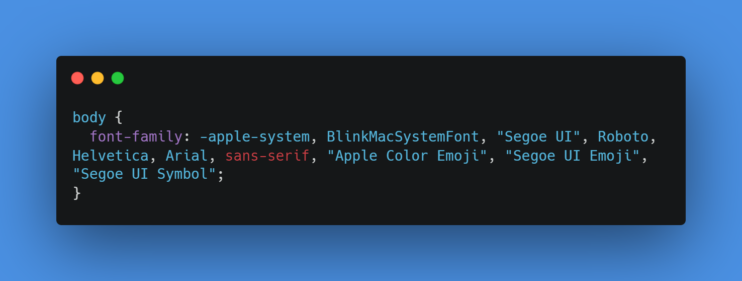

We’ve talked a lot about Google PageSpeed Insights’ recommendations in this post. Google PageSpeed Insights Recommendations (24 Ways to Improve Performance) Using the recommendations here to decrease loading times on smartphones and other devices should give you a competitive edge. Since more than 73 percent of mobile internet users claim they’ve encountered a site that takes too long to load, the information in the Google PageSpeed Insights Mobile tab is invaluable. You’ll notice that your performance test provides data for both the desktop and mobile versions of your site: Mobile tab in Google PageSpeed Insights For example, since 2018, mobile page speed has been a ranking factor for Google. With that said, you can still put your PageSpeed Insights results to work when improving your SEO.

Hitting a 100/100 won’t guarantee you a top spot on the SERPs. However, Google takes into consideration more than just the number in the circle at the top of your PageSpeed results. Your performance test score can give you a pretty good idea of where you stand on that front. Site speed is a ranking factor, plain and simple. The reality is that Google does use PageSpeed Insights to determine rankings – kind of. Given that PageSpeed Insights is run by the world’s largest and most popular search engine, it stands to reason that your score might have some effect on your Search Engine Results Page (SERP) rankings (at least on Google itself). In addition to influencing your site’s User Experience (UX), performance also plays a role in SEO. Instead, it’s to find problem spots on your site, so that you can optimize them and decrease both your actual and perceived loading times. The real purpose of testing your site’s performance with Google PageSpeed Insights isn’t to achieve a high score. They just want to be able to view your content as quickly as possible. Your visitors don’t care what your Google PageSpeed Insights score is. The other factor that should influence your approach to speed optimization is the perceived performance of your site. To put it into perspective, we’ve seen sites with average loading times of under 500 milliseconds (which is extremely fast!) that don’t have a 100/100 score on PageSpeed Insights. What really matters is the actual speed of your website. Chances are, your scores across these different tools won’t match exactly, which shows you how arbitrary these numbers can be. You can also run tests on platforms such as GTmetrix (which combines your scores from PageSpeed Insights and YSlow) and WebPageTest. Unlike PageSpeed Insights, Pingdom Tools enables you to test your site’s performance from various locations: Pingdom Tools speed test results

For starters, it’s not even the be-all-end-all test for performance. While you should certainly strive to improve your website’s loading times as much as possible, getting a 100/100 in Google PageSpeed Insights isn’t actually that important.

Unfortunately, those folks tend to overlook the more important aspect of the test’s results: the recommendations. The Truth About Scoring 100/100 in Google PageSpeed InsightsĪs we mentioned at the beginning of this post, we see many site owners and developers who become obsessed over achieving a perfect PageSpeed Insights score.


 0 kommentar(er)
0 kommentar(er)
